
New to the site? Create an account →
 tcr!
· Feb 18, 2021 at 2:41 pm
tcr!
· Feb 18, 2021 at 2:41 pm
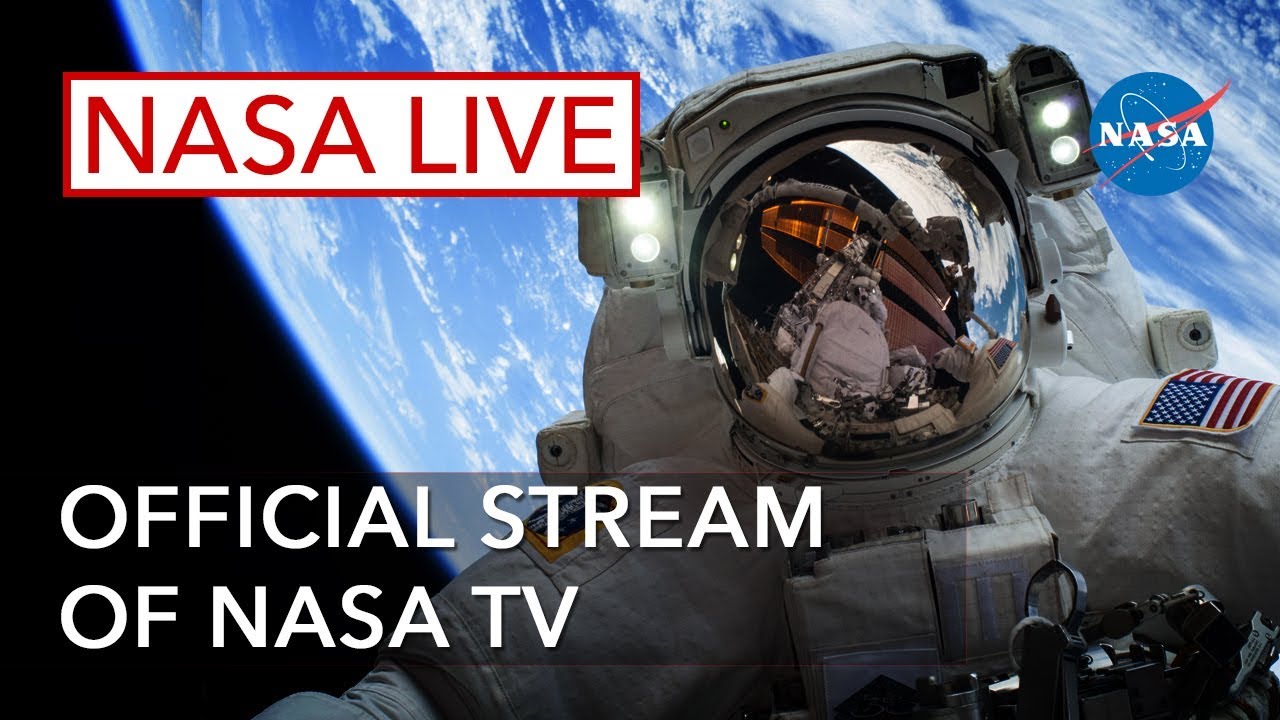
Direct from America’s space program to YouTube, watch NASA TV live streaming here to get the latest from our exploration of the universe and learn how we discover our home planet.
NASA is landing their new rover, Perseverance, on Mars right this very second.
 tcr!
· Feb 18, 2021 at 2:58 pm
tcr!
· Feb 18, 2021 at 2:58 pm
Perseverance successfully landed on Mars. The crowd goes wild.
 mitch
· Feb 18, 2021 at 3:01 pm
mitch
· Feb 18, 2021 at 3:01 pm
yay!
 tcr!
· Feb 14, 2018 at 9:23 pm
tcr!
· Feb 14, 2018 at 9:23 pm

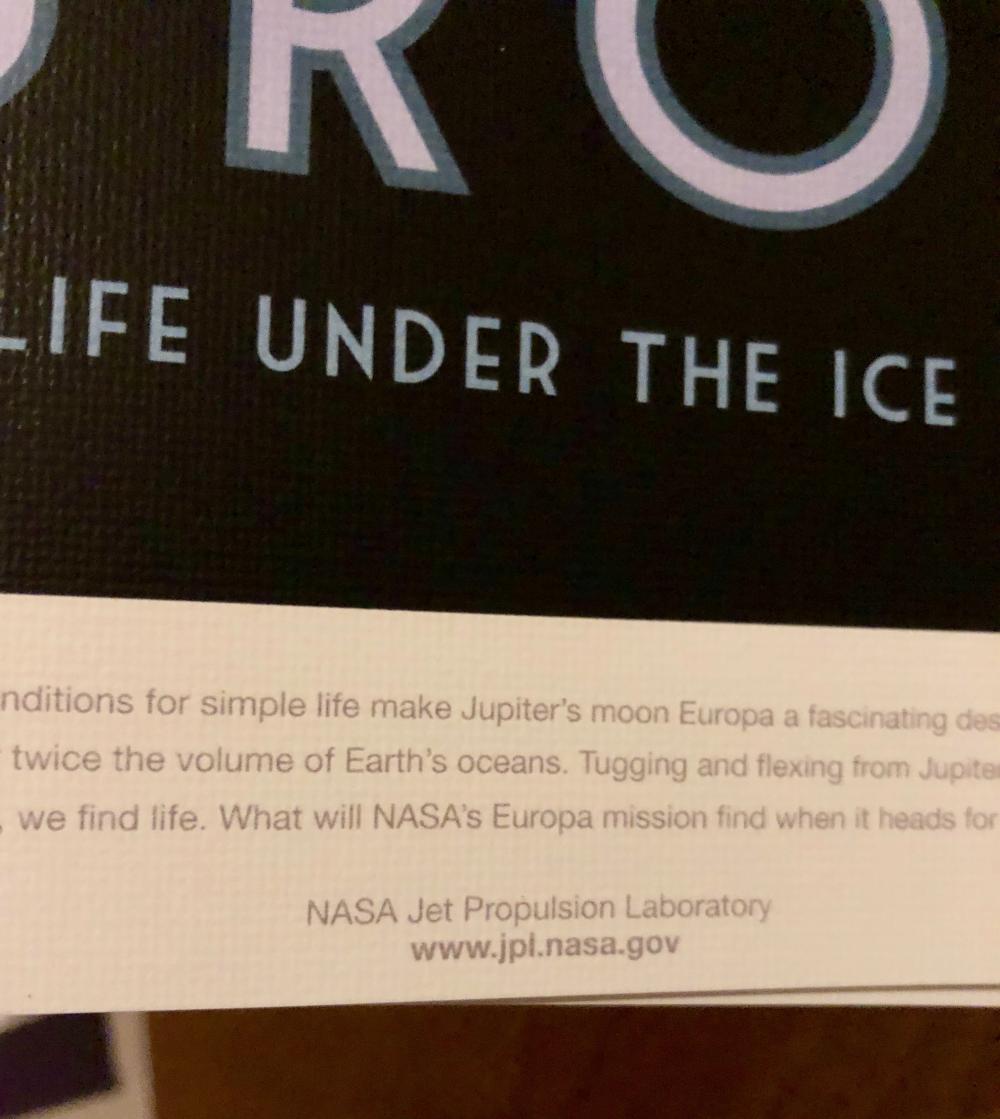
Sara got me these posters for Valentine’s Day. Because she’s the best.
Check out the Jet Propulsion Laboratory website for more details.
 tcr!
· Jan 30, 2018 at 8:29 am
tcr!
· Jan 30, 2018 at 8:29 am
Beginning at 5:30 a.m. EST on Jan. 31, a live feed of the Moon will be offered on NASA TV and NASA.gov/live. You can also follow at @NASAMoon. Weather permitting, the NASA TV broadcast will feature views from the varying vantage points of telescopes at NASA’s Armstrong Flight Research Center in Edwards, California; Griffith Observatory in Los Angeles; and the University of Arizona’s Mt. Lemmon SkyCenter Observatory.
“For the (continental) U.S., the viewing will be best in the West,” said Gordon Johnston, program executive and lunar blogger at NASA Headquarters in Washington. “Set your alarm early and go out and take a look.”
The Jan. 31 full moon is special for three reasons: it’s the third in a series of “supermoons,” when the Moon is closer to Earth in its orbit — known as perigee — and about 14 percent brighter than usual. It’s also the second full moon of the month, commonly known as a “blue moon.” The super blue moon will pass through Earth’s shadow to give viewers in the right location a total lunar eclipse. While the Moon is in the Earth’s shadow it will take on a reddish tint, known as a “blood moon.”
“Super Blue Blood Moon” sure is a mouthful. No matter how I rearrange the words, it never just rolls off the tongue.
 tcr!
· Aug 2, 2017 at 9:08 am
tcr!
· Aug 2, 2017 at 9:08 am

This position is assigned to Office of Safety and Mission Assurance for Planetary Protection. Planetary protection is concerned with the avoidance of organic-constituent and biological contamination in human and robotic space exploration. NASA maintains policies for planetary protection applicable to all space flight missions that may intentionally or unintentionally carry Earth organisms and organic constituents to the planets or other solar system bodies, and any mission employing spacecraft, which are ntended to return to Earth and its biosphere with samples from extraterrestrial targets of exploration. This policy is based on federal requirements and international treaties and agreements.
Pay range is $124,406 to $187,000 / per year. Your security clearance will be secret. Good luck.
 tcr!
· Mar 22, 2016 at 10:58 am
tcr!
· Mar 22, 2016 at 10:58 am
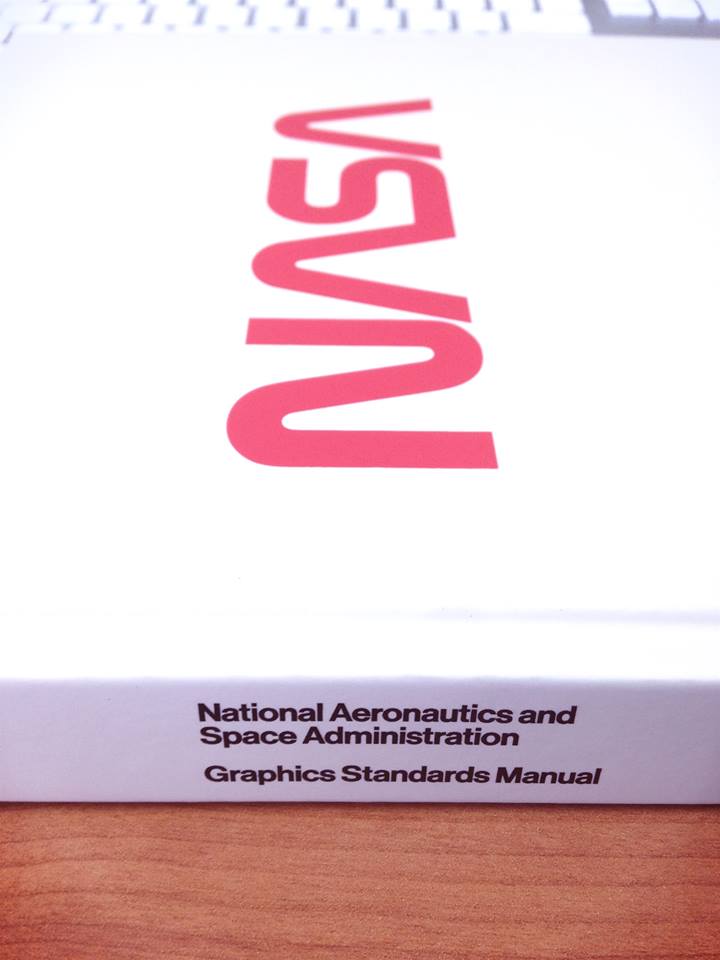
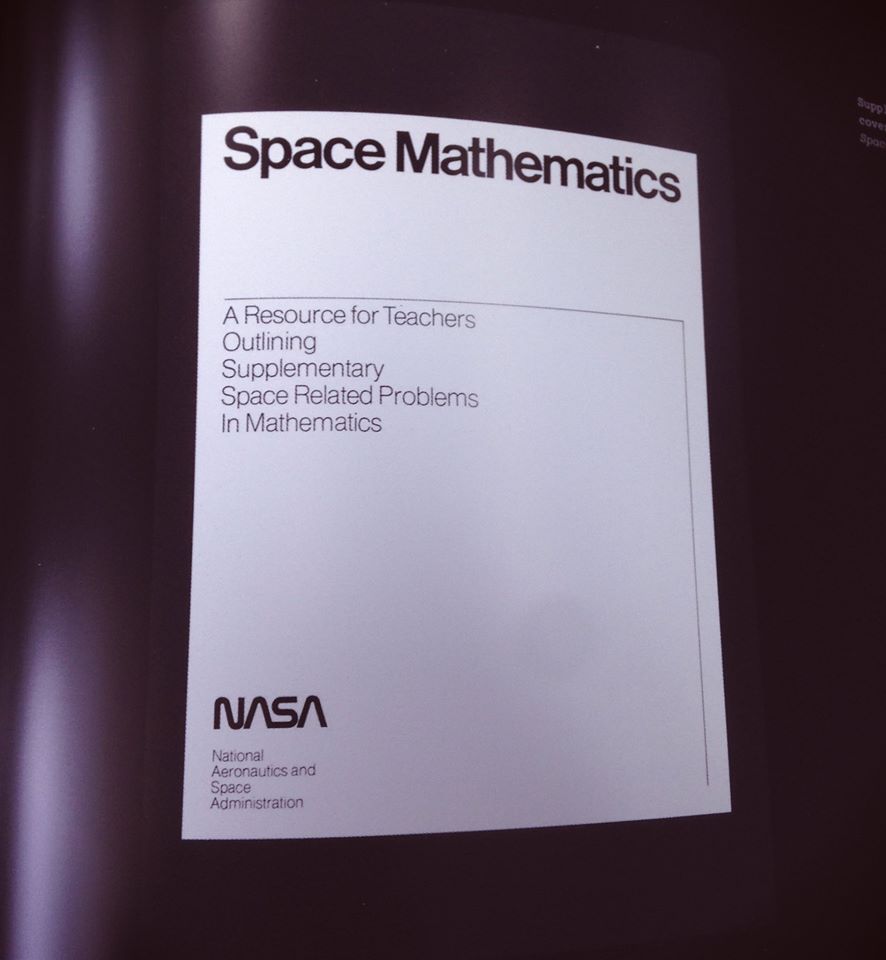
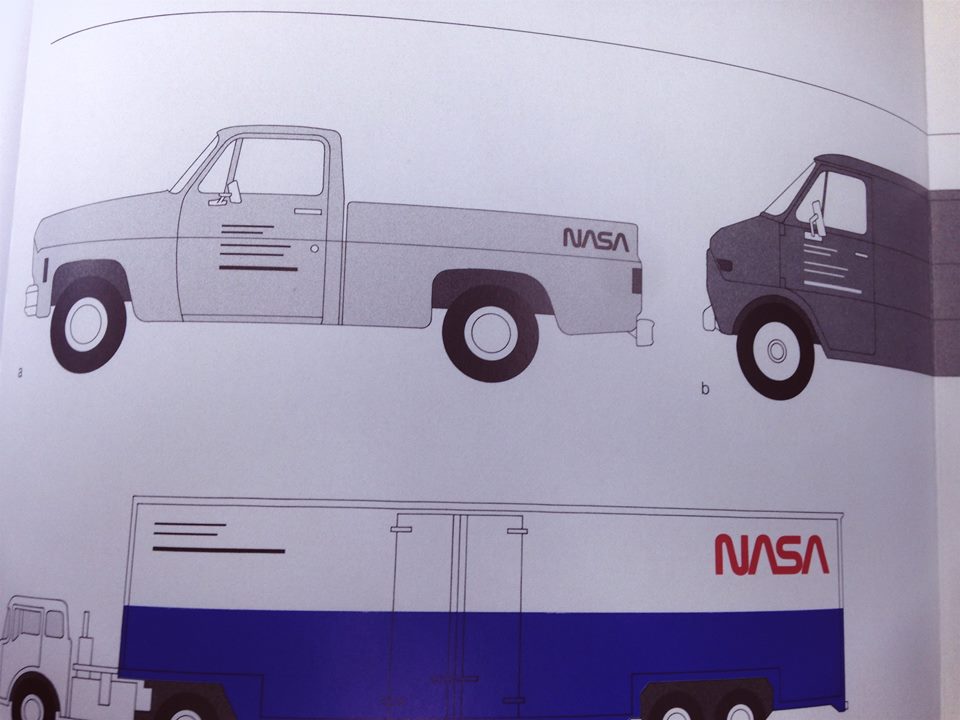
Thumbing through this manual while “working.”
I’d like to have the Space Mathematics book and also the NASA truck.
 tcr!
· Aug 2, 2014 at 7:51 am
tcr!
· Aug 2, 2014 at 7:51 am
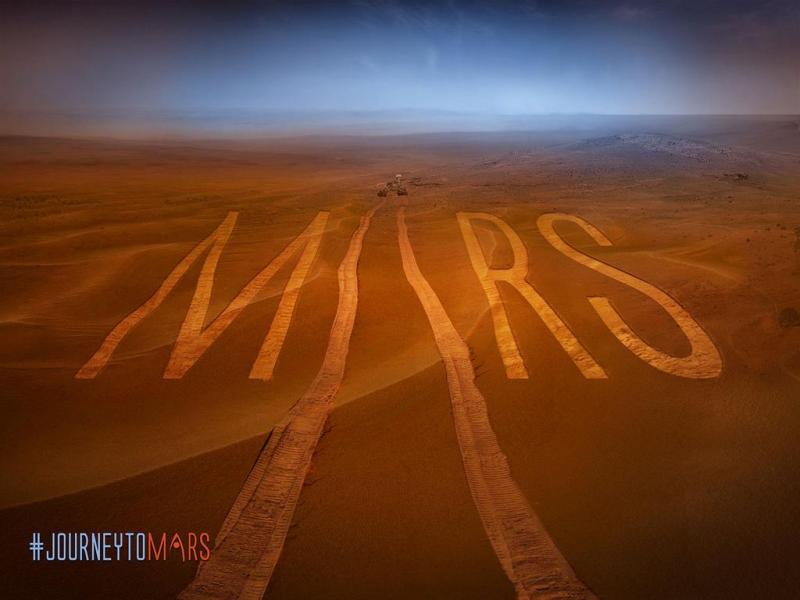
The next rover NASA will send to Mars in 2020 will carry seven carefully-selected instruments to conduct unprecedented science and exploration technology investigations on the Red Planet.
NASA announced the selected Mars 2020 rover instruments Thursday at the agency’s headquarters in Washington. Managers made the selections out of 58 proposals received in January from researchers and engineers worldwide. Proposals received were twice the usual number submitted for instrument competitions in the recent past. This is an indicator of the extraordinary interest by the science community in the exploration of the Mars. The selected proposals have a total value of approximately $130 million for development of the instruments.
The Mars 2020 mission will be based on the design of the highly successful Mars Science Laboratory rover, Curiosity, which landed almost two years ago, and currently is operating on Mars. The new rover will carry more sophisticated, upgraded hardware and new instruments to conduct geological assessments of the rover’s landing site, determine the potential habitability of the environment, and directly search for signs of ancient Martian life.
Like never before peeps!
 tcr!
· Mar 13, 2013 at 8:52 pm
tcr!
· Mar 13, 2013 at 8:52 pm

In May of 1961, President John F. Kennedy made a promise to put a man on the Moon—and return him back safely—by the end of the decade. Somehow, it worked.
Over 50 years later, it’s easy to forget how ambitious Kennedy’s promise was. We’d gotten our butts kicked in the Cold War space race with Russia. America hadn’t launched the first satellite. America hadn’t been first off this planet (with a human or an animal). America hadn’t been first to the Moon, even, if you count Russia’s Luna 2 and 3 satellites. In fact, Kennedy’s speech came just 20 days after we’d put our first man, Alan Shepard, into space. Then six years later, our manned quest to the moon would start with the most extreme failure possible, when three astronauts died in a fire during Apollo 1 launchpad testing.
But between 1961 and 1975, NASA’s Apollo missions would change the world. Competition would drive America’s innovation to extremes, the likeness of which I’m not sure we can say we’ve seen since. We’d make it to the Moon in 1969, and by 1975, we’d begin cooperating with Russia in the Apollo-Soyuz Test Project. In winning the space race, America took strides to ending the Cold War. Two superpowers fired their rockets into the air rather than at each other, and we’re a far more accomplished species for the sentiment.
Don’t give up on NASA.
Older → Page 1 of 2
Great landing to watch
For sure! Pretty cool that NASA live streamed the whole thing 🚀
Reply
Post
Looking good 👍
Reply
Post